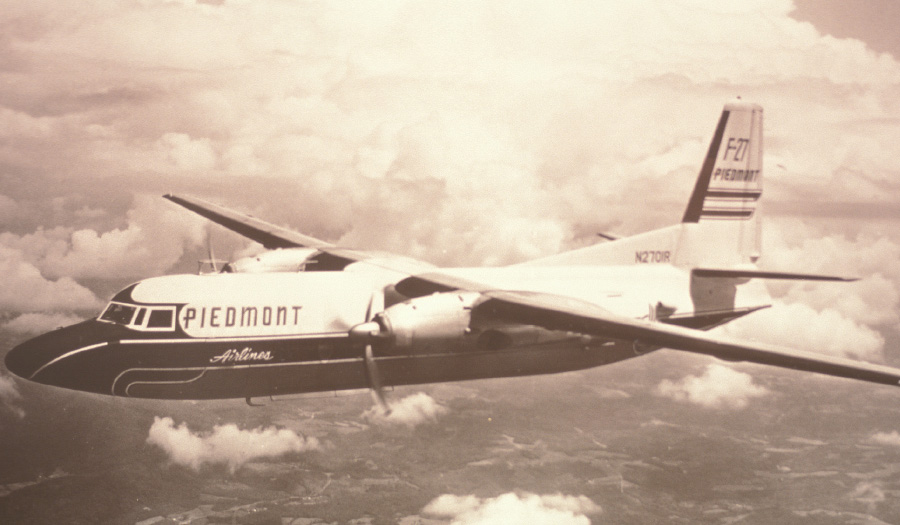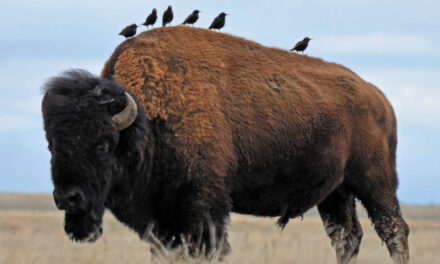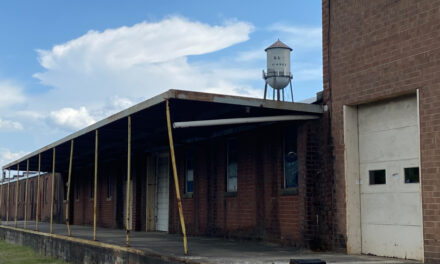
Hickory’s history is filled with many joyous events, but marked by some tragedies as well.
Around 1pm on Wednesday, April 20, 1960, two airplanes collided over the skies of Hickory. One was a Piedmont Airlines Fairchild F-27 turbo prop, carrying 36 passengers. The other a small Cessna 310 with 4 aboard.
Several people saw the two come together. One was Bert Huffman, Jr. who watched as the two converged toward the runway at the Hickory Municipal Airport. He observed that the Cessna came in slightly above the Piedmont plane, “at an angle from which neither pilot could see the other’s ship.”
“It sounded like a bomb.” said another witness to the crash. Upon impact, the Cessna fell straight to the ground, on a dirt road about a thousand feet from the end of the landing strip. All four aboard the Cessna were killed. The four men were from Grand Rapids, Michigan and coming to Hickory furniture show, held semi-annually in those days. No one on the Piedmont plane was injured.
Piedmont’s station manager was another witness to the tragedy and though he made a strenuous attempt to warn the captain, it was too late. Crowds gathered to see the aftermath, including students from Lenoir-Rhyne College who were outside on that sunny April afternoon. One of them said the plane did not even look like one, its crumpled sheet metal so twisted.

Piedmont F27
The F-27 suffered damage only to its propeller. Folks inside said they felt and heard a loud bump as the plane approached the airport but did not know what happened until after they landed. They were fortunate. Seven years later, at the Asheville Airport a similar crash occurred that downed not only the private plane but also a Boeing 727, killing everyone in both aircrafts. It would be Piedmont Airlines worst crash ever.
The Hickory mishap came during an era before the Hickory Airport saw sufficient traffic to warrant a control tower. Piedmont Airlines served Hickory during the era of regulation when it flew into a number of smaller airports in North Carolina even though it picked up few passengers. After 1978, the movement of deregulation would change passenger service to airports the size of Hickory.
During its early years, Piedmont was known as a “puddle jumper,” going small airport to small airport along a route that ultimately connected cities on the East Coast with its counterparts across the Appalachian Mountains. As one frequent flier noted, “You could get from Wilmington to Cincinnati, but it would take you all day to get there.”
The tragedy of the Hickory collision runs counter to the experience of most Piedmont passengers. Even with its accidents, the airline produced one of the best safety records of any carrier during the years it flew. A few still remember Piedmont before it got gobbled up by USAir. Fewer still remember the worst airplane collision in Hickory’s history.









